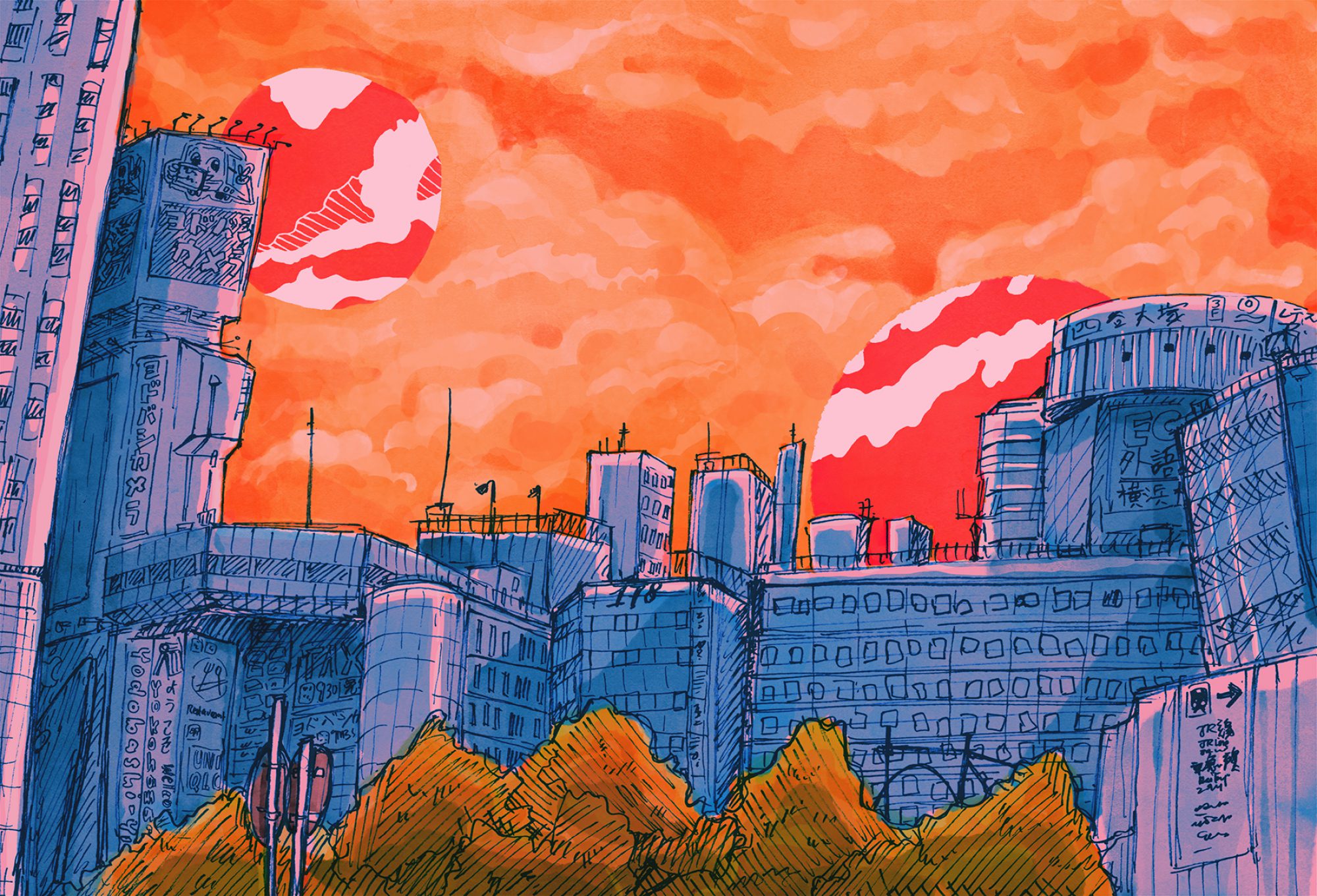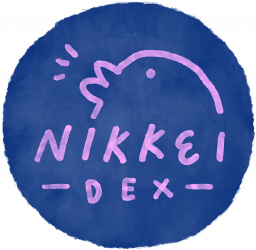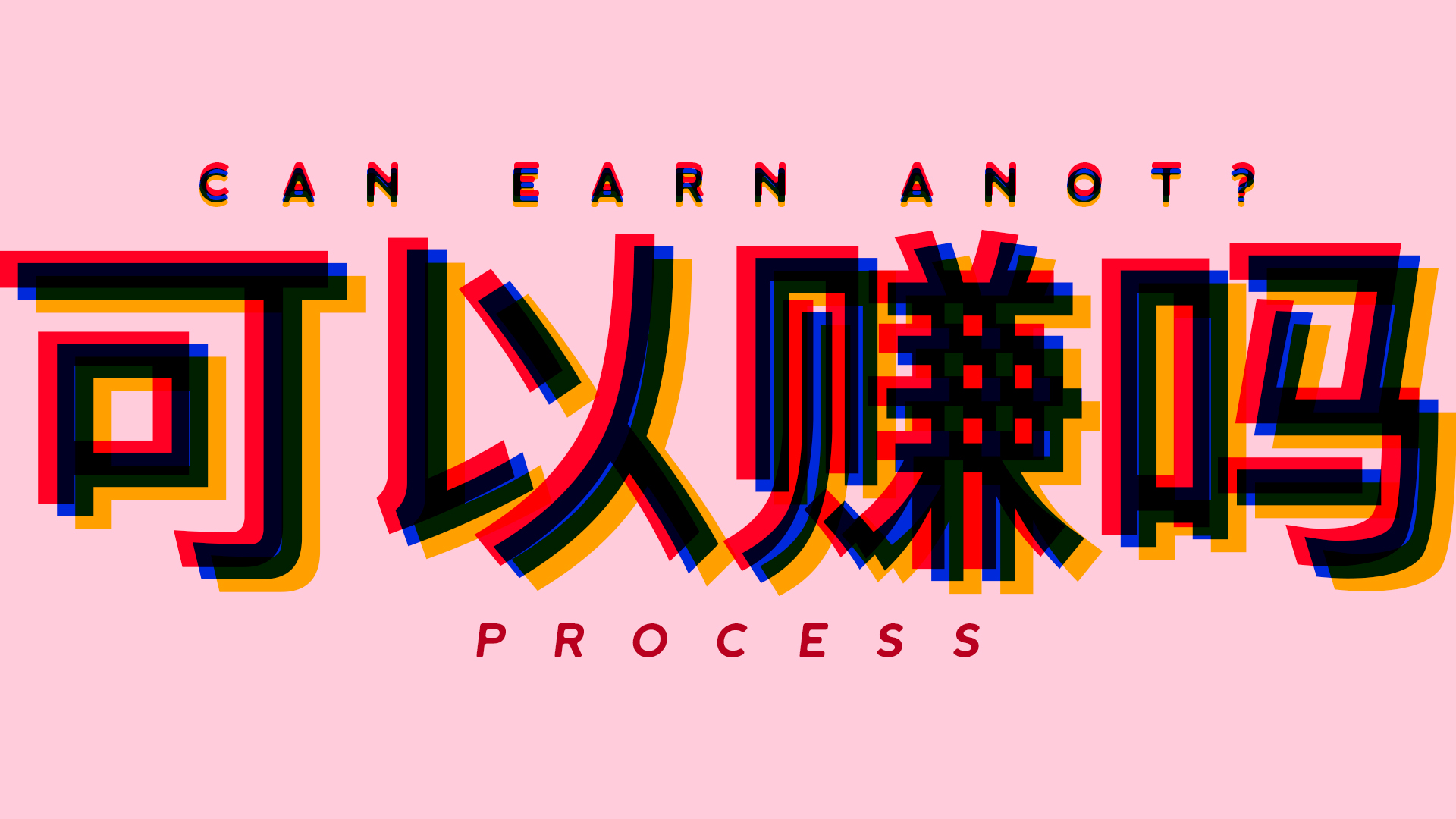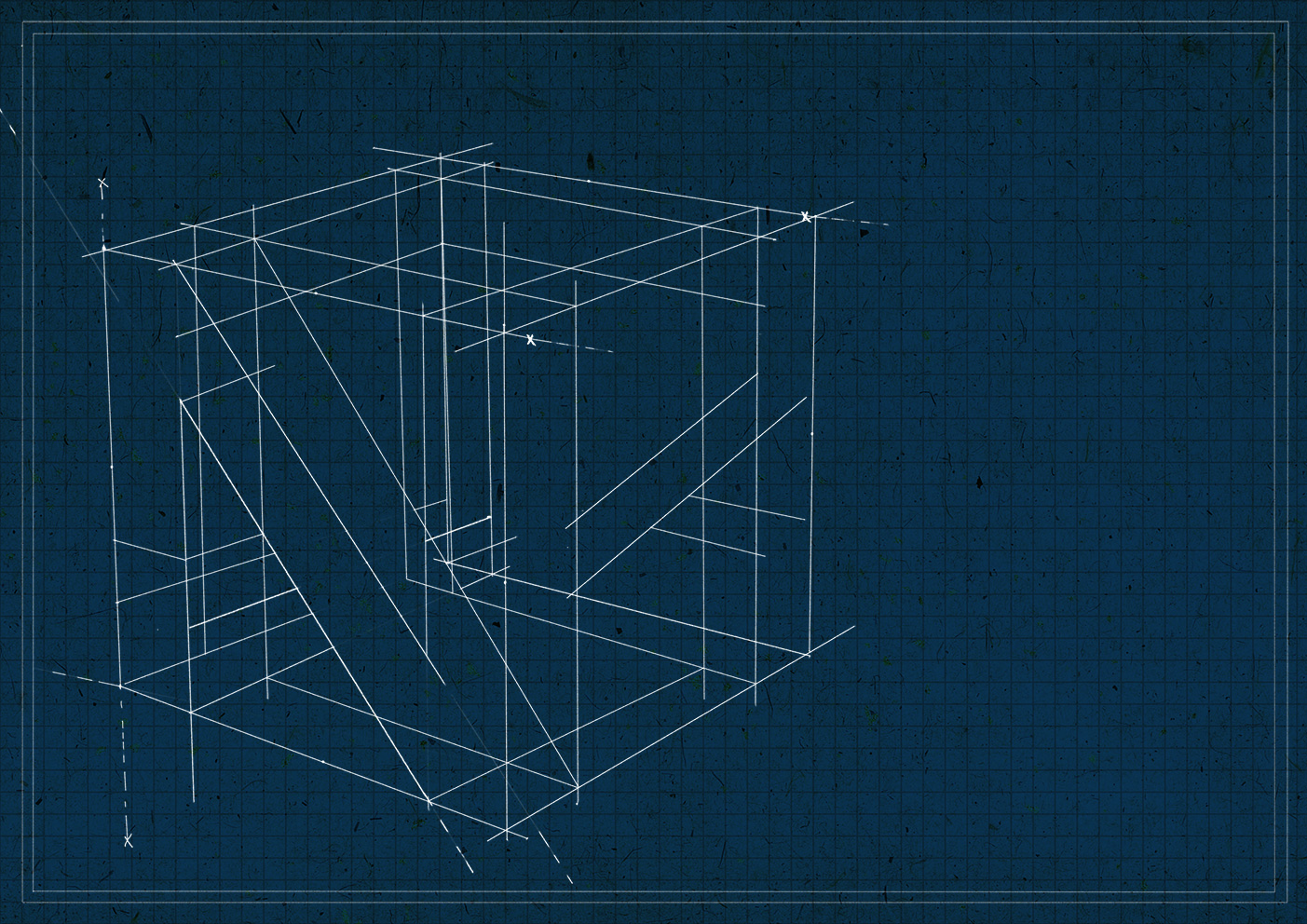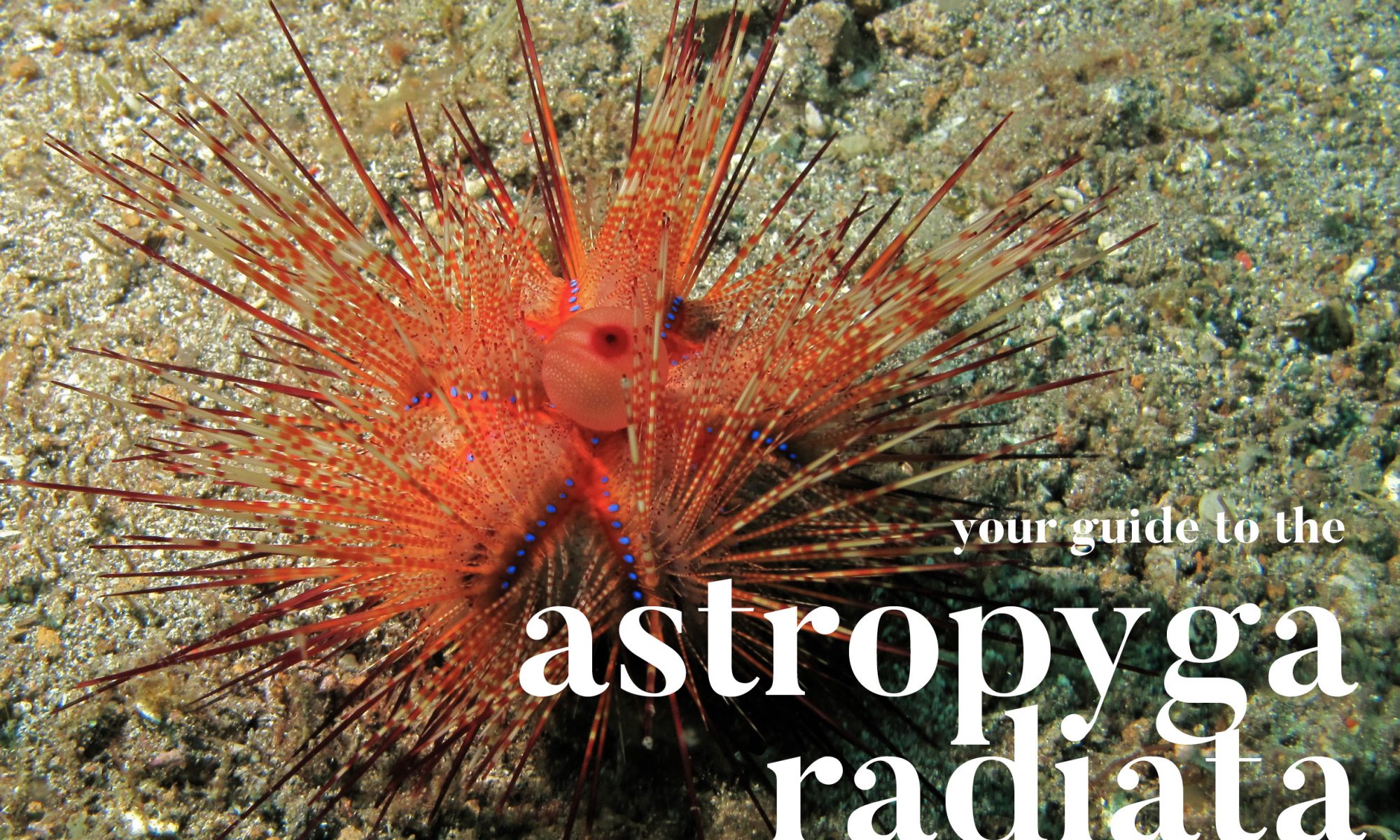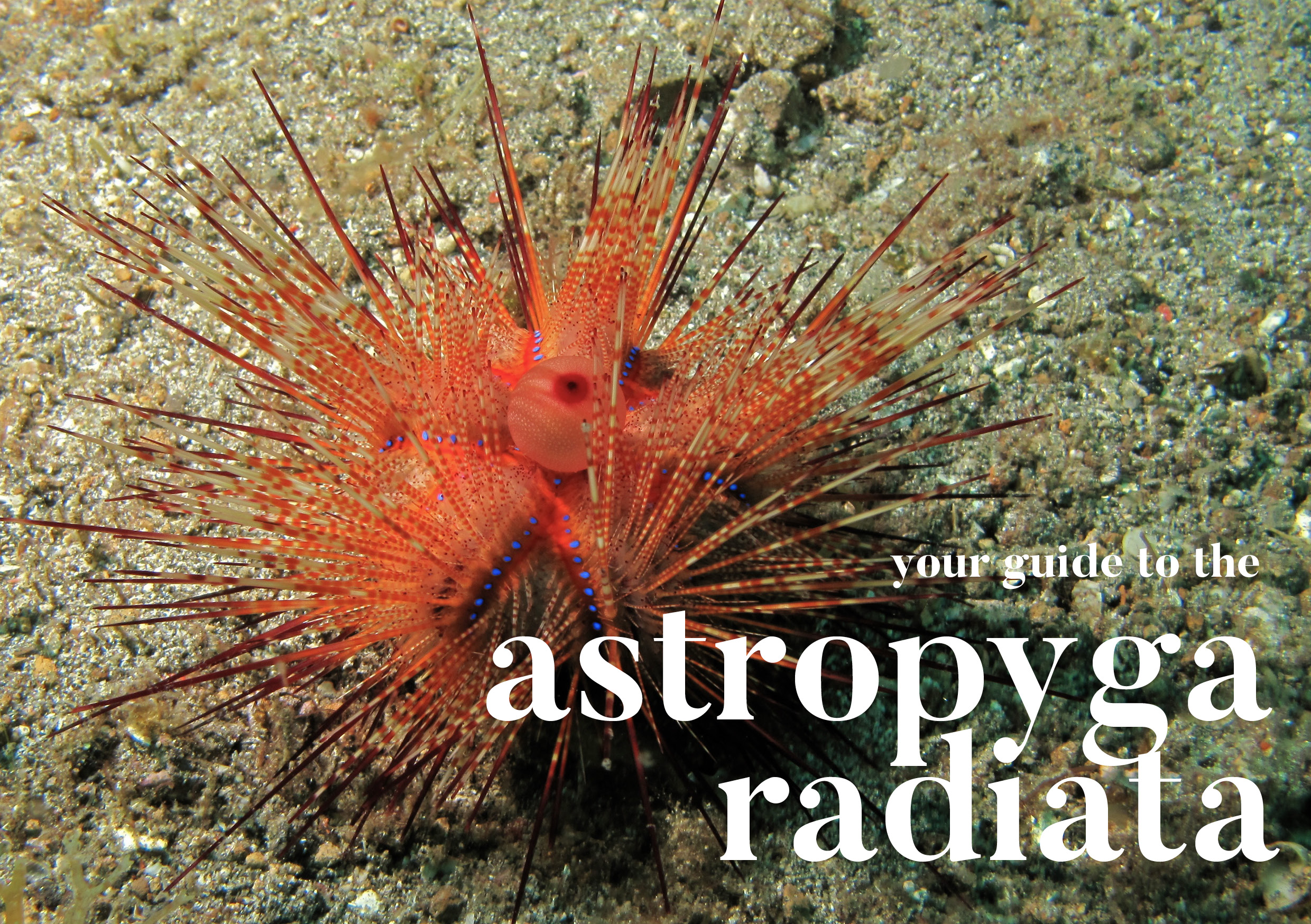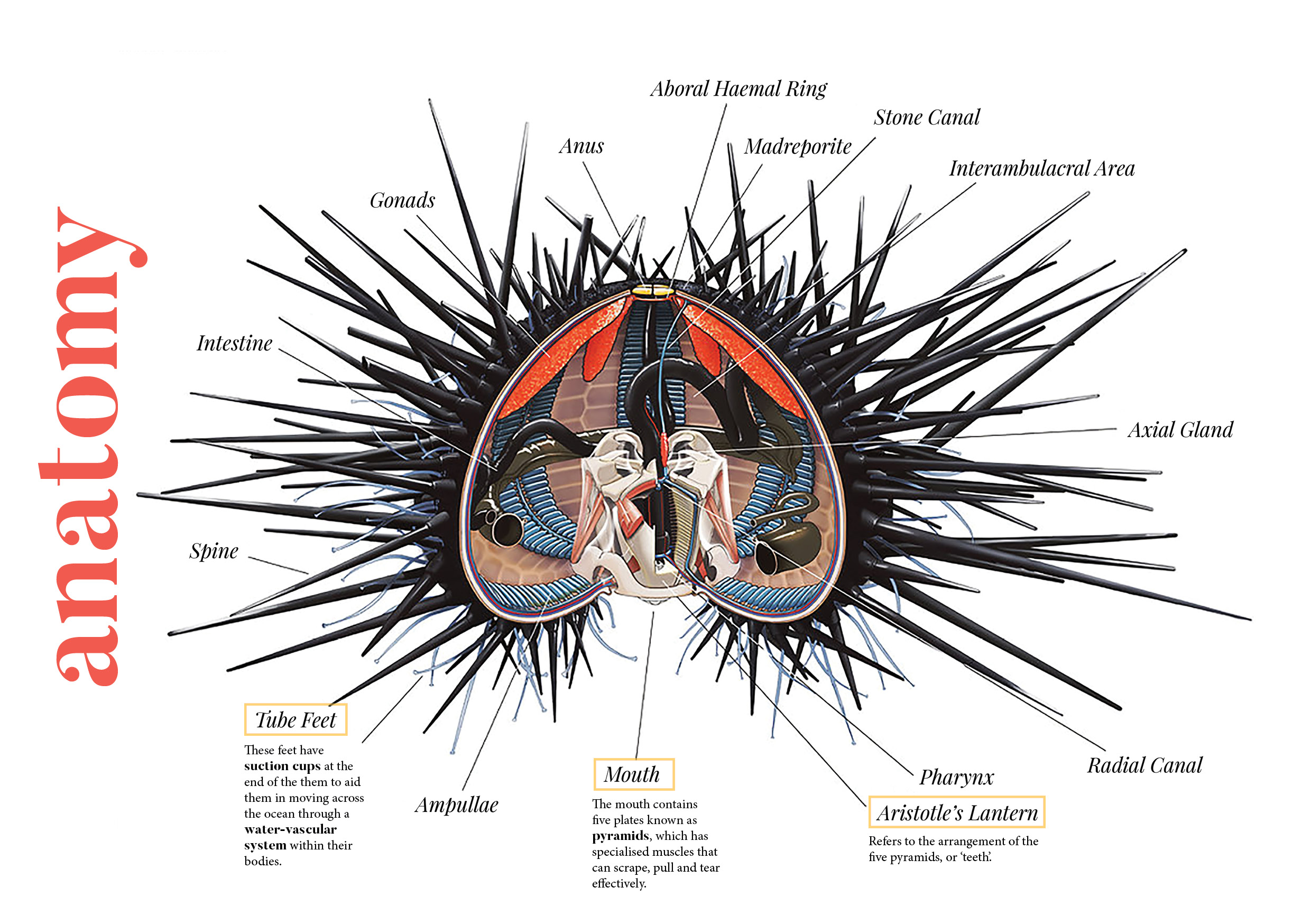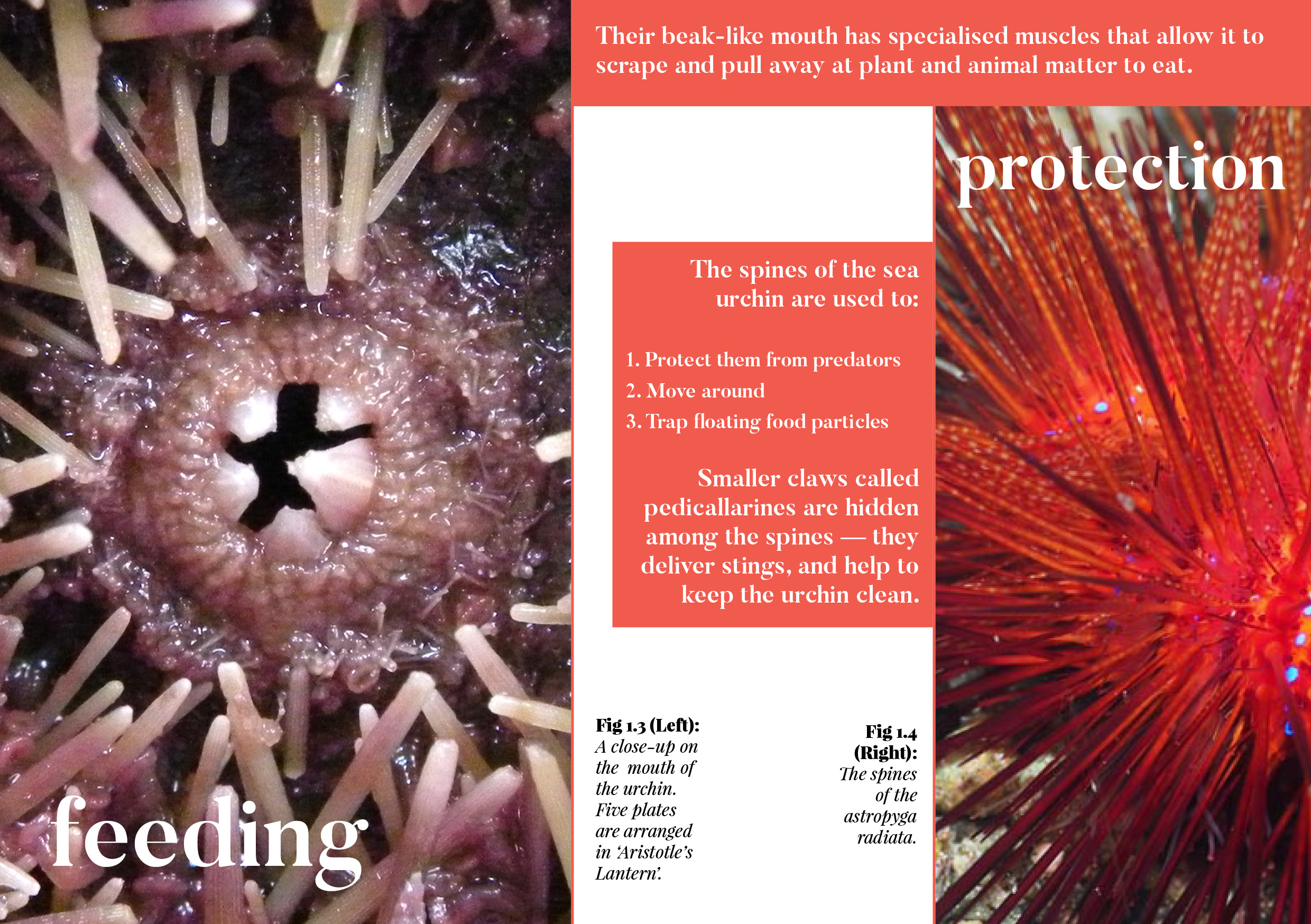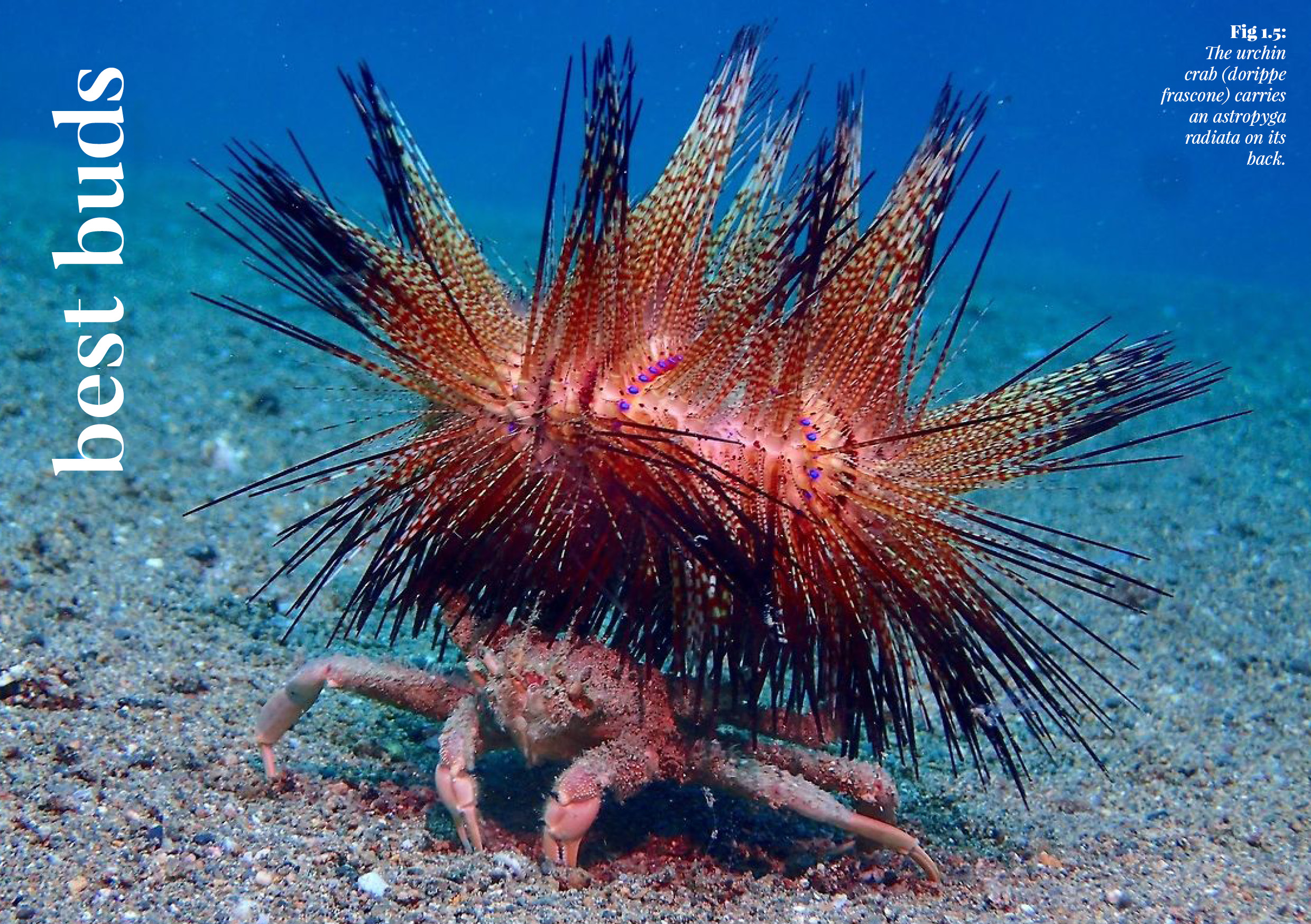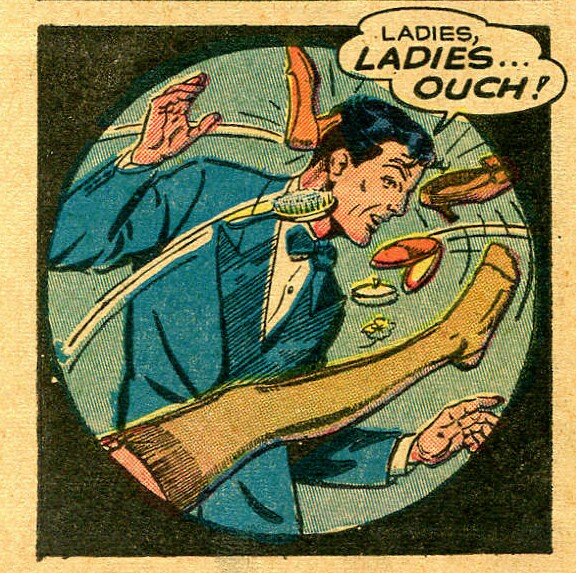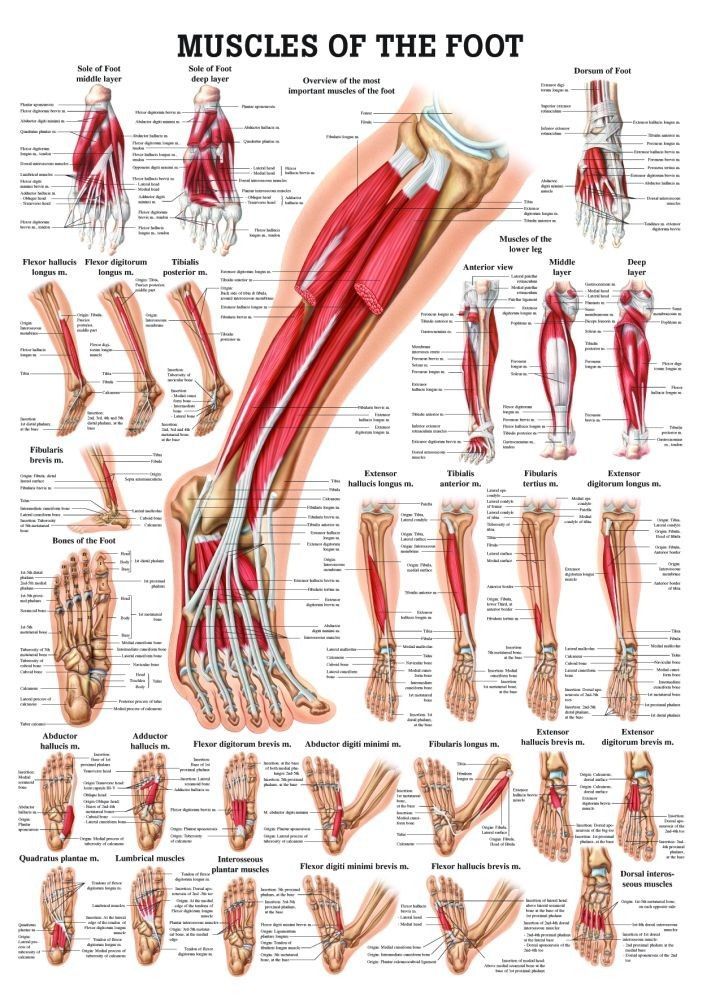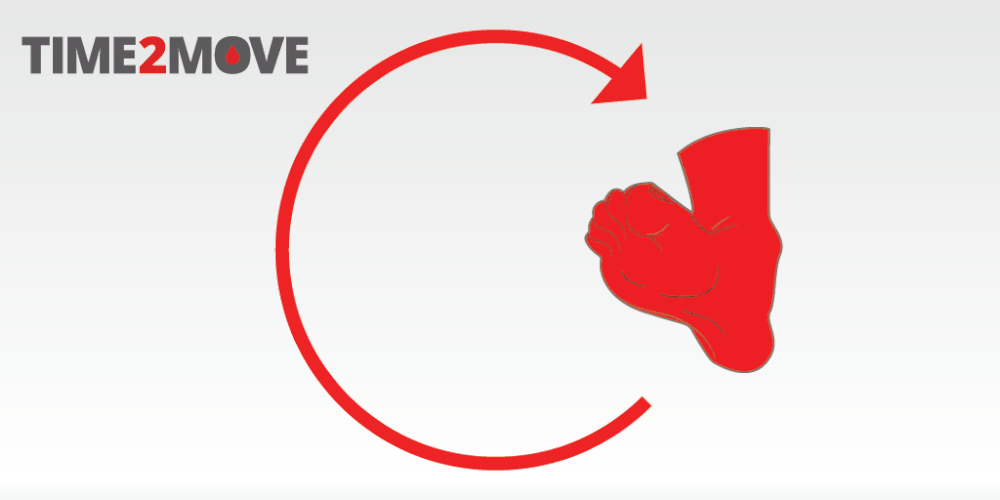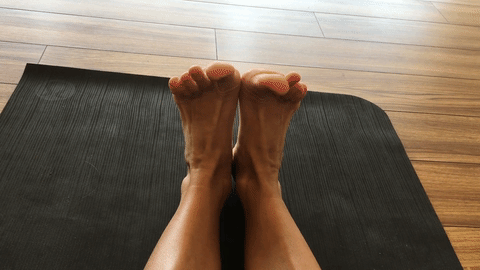idea generation
I wanted to do a topic that I could personally relate with?? Like wacky job sounded cute but I wanted to do something more serious like a social commentary. So I picked the theme of stereotypical Asian occupations that were supposedly stable and safe and high-paying, which is something that is quite close to my heart considering that I’ve been subjected to a lot of these expectations throughout my life. :’) So I thought that I could put my personal experiences in the portraits, as a sort of like series of “Futures that could have been, but now will never be.”
Also, I didn’t want to rely on a literal portrayal of a person doing the job to convey my ideas. I wanted to represent the ideas through the themes of documents associated with the jobs, like newspapers, blueprints, drafts etc.
JUMPING STRAIGHT INTO THE PROCESS BC NO TIME TO DILLY DALLY AND RAMBLE!!
engineer
Steady income!! Everyone needs engineers…right……I mean. I couldn’t imagine doing math all day every day but props to those who do?
But some traits of the job I thought of were:
- Laborious
- Tedious
- Systematic
- Rigid and precise
reference works
When I thought of an engineer I immediately thought of a blueprint? I’m not even sure engineers use blueprints but I’m sure the fact that it was a image that popped up in my head is telling of some sort of stereotype or perception of engineers.

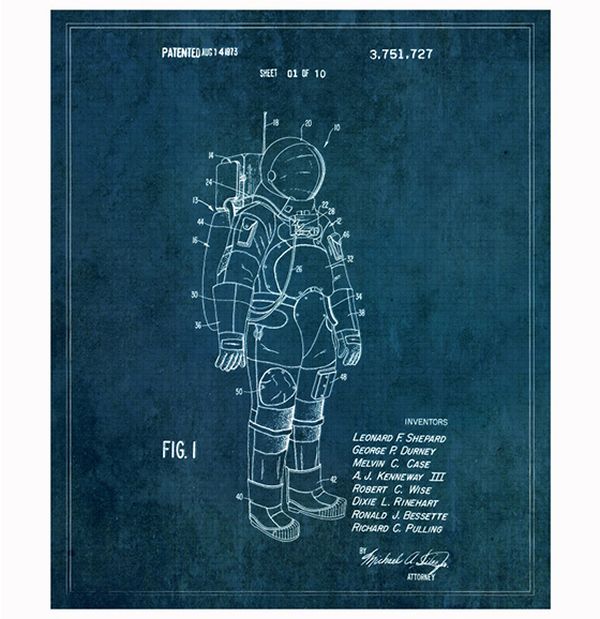
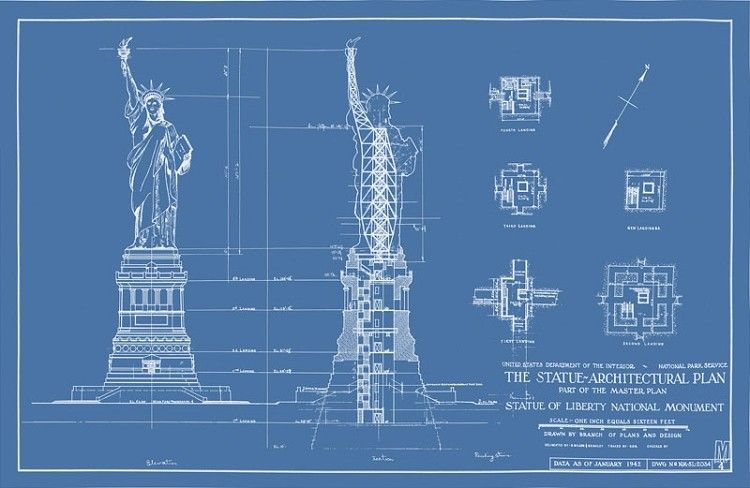

Important features I had to adopt were the clean cut lines, grids, labelling and that faded shade of blue. Also I thought the text in the corners really added to the realism of the blueprint.
brainstorming
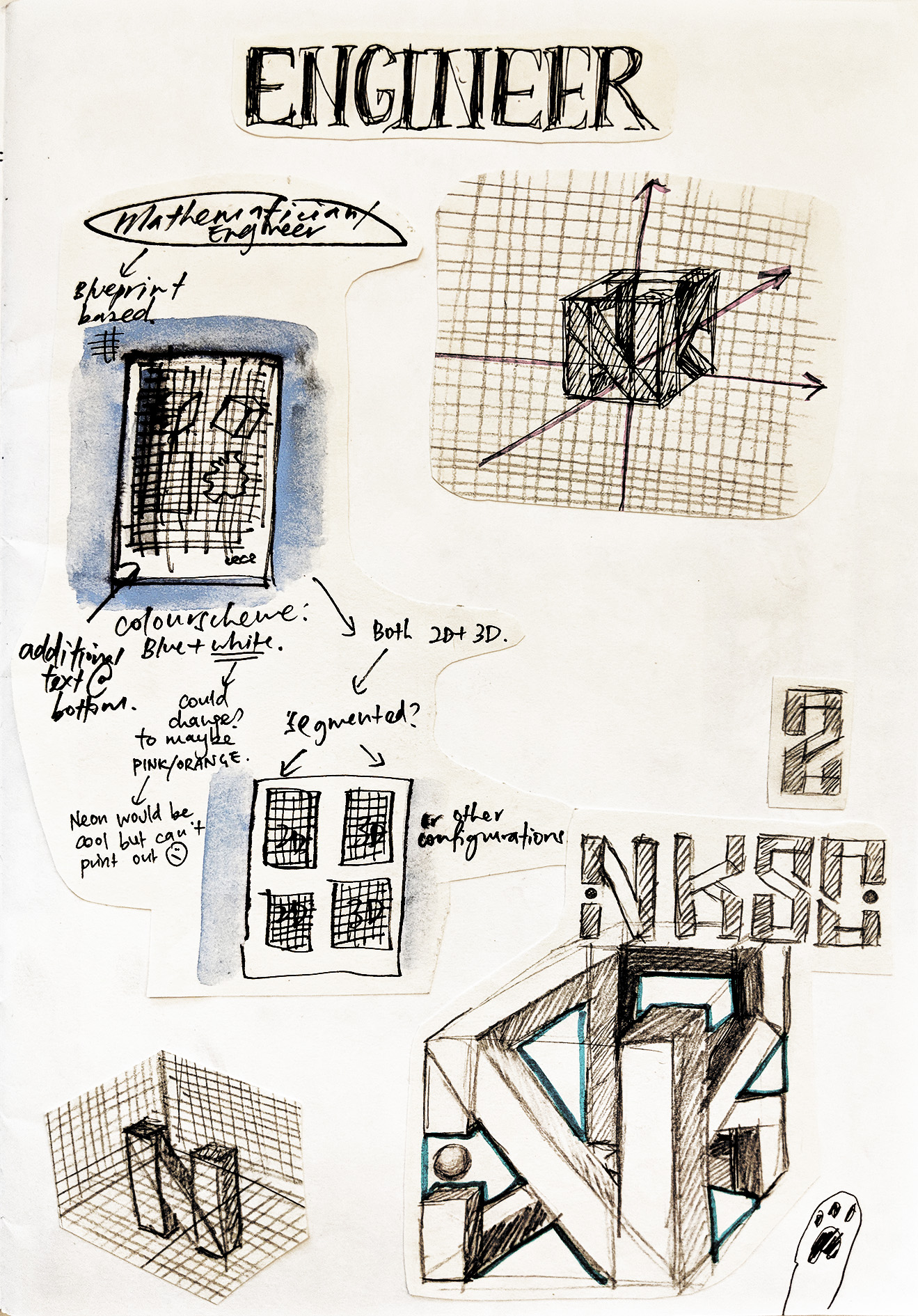
What was in the blueprint was an idea I arrived at pretty quickly. The initials I chose, NKSC (Niki Koh Suat Chee) were pretty blocky (apart from S and C but that could be fixed), and came in 4 so I was like…..cube……
So I made my letters into a cube. Planning out the connecting areas was a bit of a chore though.
I was also deciding whether I wanted to have only one configuration of the letters in the middle, but realised that ohno!!! The other two letters (S and C) couldn’t be seen clearly in the 3D cube. So I decided to create other orthogonal drawings of the cube, in a smaller size at the sides of the paper.
creation process
Created a grid in Photoshop and added various textures and stains to make it look more worn. The white lines were made with a pencil brush to make it look more authentic. :)))
The 3D cube was done purely in Photoshop with a pencil brush and the click + Shift + click method. At that point it was the most tedious drawing done in the history of my Photoshop experience (little did she know she would soon have to face a worse fate). I think I cried a bit when I finished it. JK?? (Or not??)
So when it came to the smaller drawings I was like…..not gonna go through the pain again man. No!! So I did them on paper and scanned them in and life was much easier. 🙂
Joy’s feedback throughout the process was to incorporate the idea of ‘tediousness and laborious’ more through textures of the engineer ‘rubbing out’ lines, and making mistakes here and there. She suggested adding a bit of extra over the drawing as a way to ‘cover up’ the mistake as well. I thought it would be fun to add snide comments by a sort of ‘supervisor’ as well by the side, and used the ‘titles’ at the top to add to the effect as well (like the number of attempts).

Here’s the final product!! Tweaked the blue to make it look fresher and more modern since I realised the setting was the future. I really tried my best to bring out the idea of ‘trying and trying again but it’s never enough’ that kind of thing?? And always being put down and being frustrated with yourself.
Essentially, the pursuit of a perfection that is impossible to fulfil D:
I think that’s quite relatable? It’s a volatile mindset that shifts between “This is toxic because I’m spending too much futile energy,” and “This is important for me to improve my skillset.” And you might never know whether the problem is actually you or society’s standards. Moderation I guess?? :O
